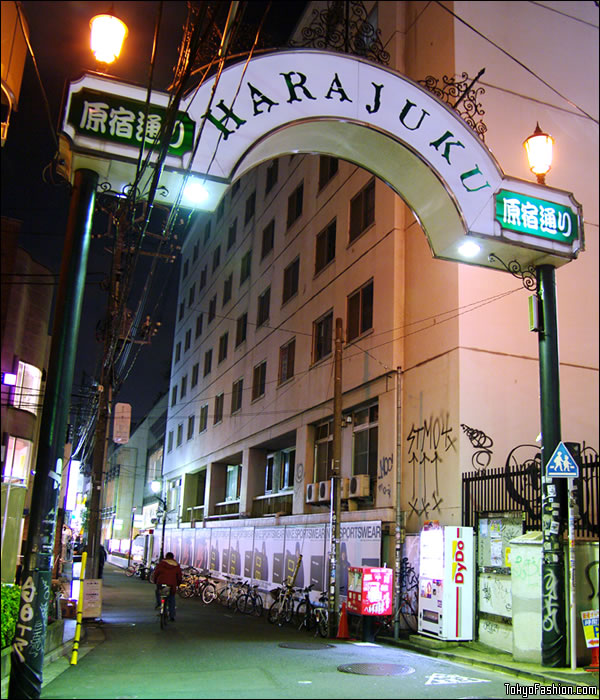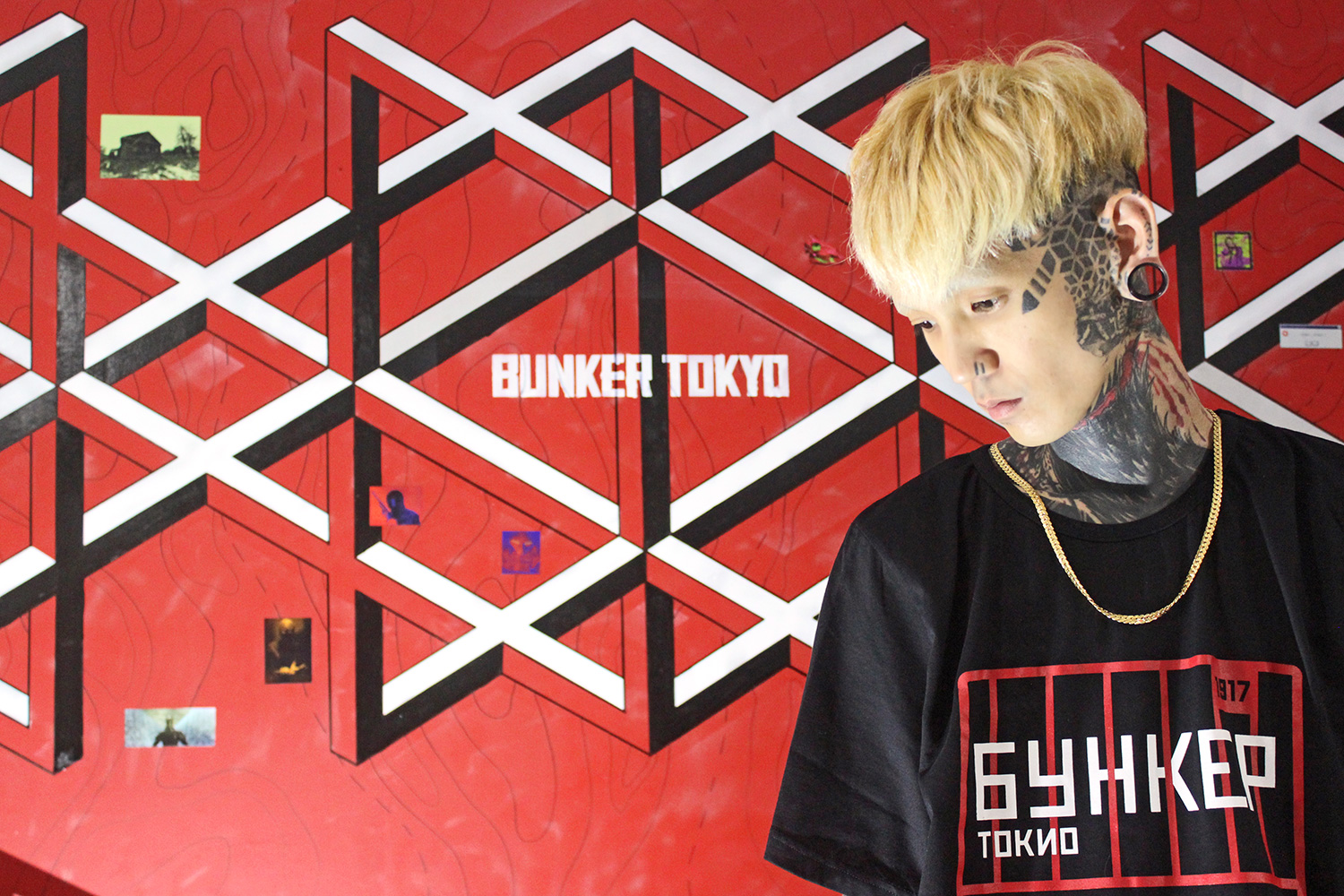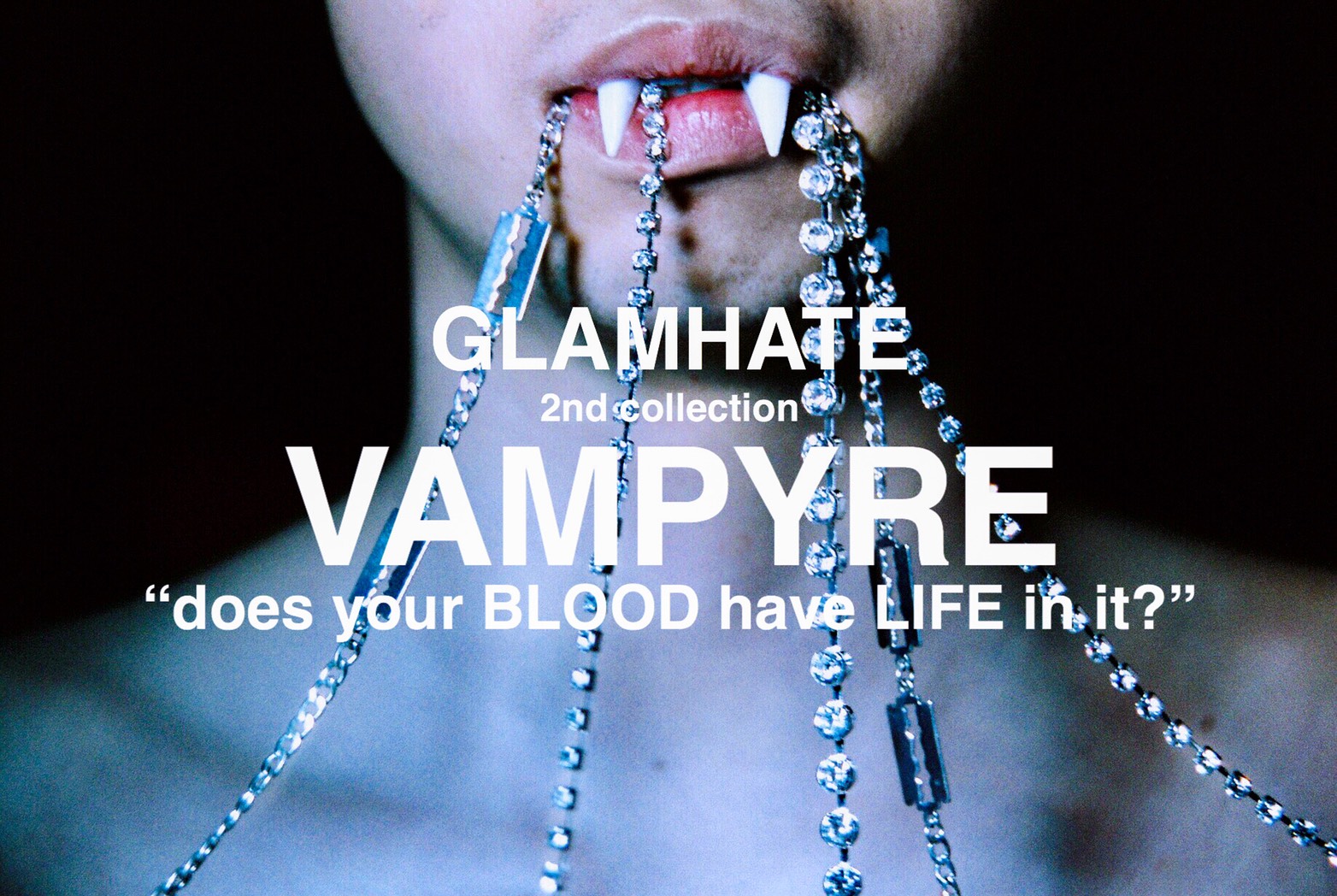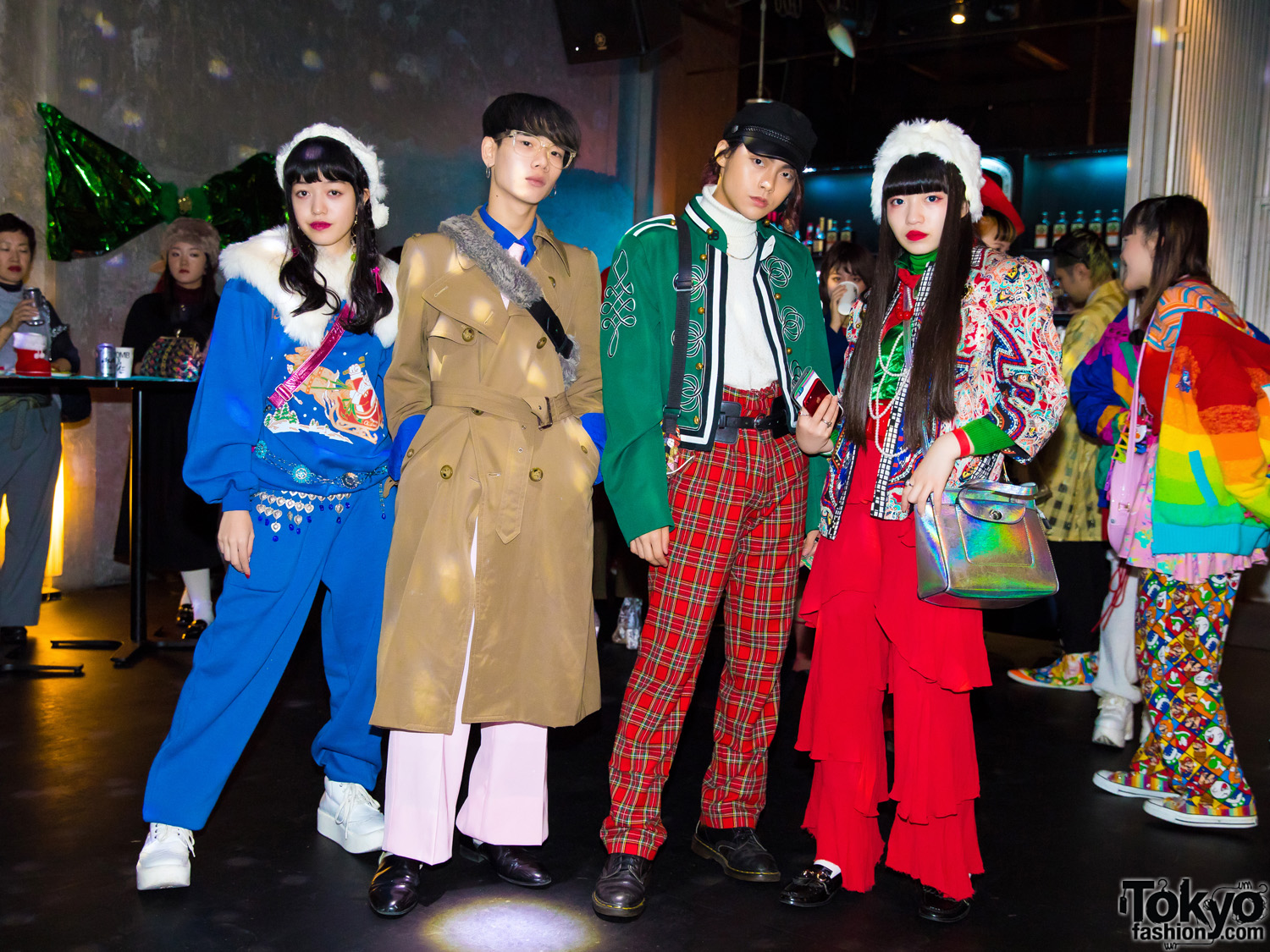Harajuku – Trouble in Fashion Paradise?
Everyone loves Harajuku. That’s good, right? Well, maybe.
What if some people loved Harajuku too much? What if those people worked for huge international fashion brands. And what if those huge international brands all decided that they wanted to setup massive shops in Harajuku? What would a Harajuku full of international brand shops look like? Would it look anything like it does today? Would it look anything like the crazy indie-friendly young people’s town that we all know and love? Would the spirit of Harajuku survive such an attack?
Those Harajuku-related questions (and more) are explored in an article in yesterday’s edition of the Japan Times. The article (read it here) is written by Patrick Macias of the always interesting An Eternal Thought in the Mind of Godzilla blog. He also made a post on his blog about the article where you can give him feedback directly, here.
The overview of the article in a few words (or less) is this: Will big brand shops like H&M kill Harajuku?

We, here at Tokyo Fashion, have covered the opening of the new H&M shop on Meiji Dori. It seems very popular with Japanese fashion shoppers so far. The H&M line on Meiji Dori, between Takeshita and LaForet, is long, wide, and sometimes annoying if you’re out shopping in the area.
But, the issue is not about big shops creating big lines that block access to other shops. The issue is whether the big shops will turn Harajuku into another Omotesando, Paris, Manhattan, Santa Monica, London, etc. Will Harajuku eventually lose its Japanese-ness and become yet another “international” shopping area where Nike, H&M, Diesel, The North Face, and other non-Japanese brands drown out the cool indie Japanese brands? Will increasing real estate prices, driven by the big brands moving into the neighborhood, force little shops to move elsewhere or close down?
There are a lot of market forces at work in Harajuku, some of them working against each other. First, the issue of rent prices. From every account, they have been rising for a long time. This is no doubt trouble for small shops. The crashing world economy may help to stabilize rent prices, or even drive them down, but less consumer spending certainly isn’t good for small shops. Also, part of the economic problem for Japan right now has to do with the strong Japanese yen. And, a strong Yen means less tourists, which could mean less sales for some shops.
Also, there is the possibility that falling real estate prices, if that happened, could actually encourage some larger brands to purchase property in the area. For example, Japanese super-developer Minoru Mori said in a recent interview that he plans to buy more real estate during the economic downturn so that he can build more Roppongi Hills type of developments. Imagine a development like Roppongi Hills in the middle of Harajuku. Scary!
On the other hand, there are plenty of international brands coexisting peacefully with Japanese brands in cool Japanese department stores like LaForet and Parco Shibuya. In fact, one could argue that the smaller Japanese brands benefit from the marketing and cred factor of the bigger brands that they share an address with. Will some of those kids waiting in a four hour line for a few Comme De Garcons items at H&M get bored and decide to wander into one of the local select shops instead? Will those shoppers leave Harajuku right after shopping at H&M, or will they be whipped into a shopping frenzy and end up on Cat Street at some indie shop they wouldn’t have found otherwise?
There are no obvious answers. Is Harajuku in trouble? Maybe. Has it been in trouble before? Probably. Has it survived past troubles? Definitely. Take a few minutes out of your day and read the Japan Times article and then do your part in saving Harajuku – buy something from the smallest, most quirky, strange, bizarrely named Harajuku shop you can find. And don’t just do it today, do it once a week. Viva Harajuku!





Comments are closed.